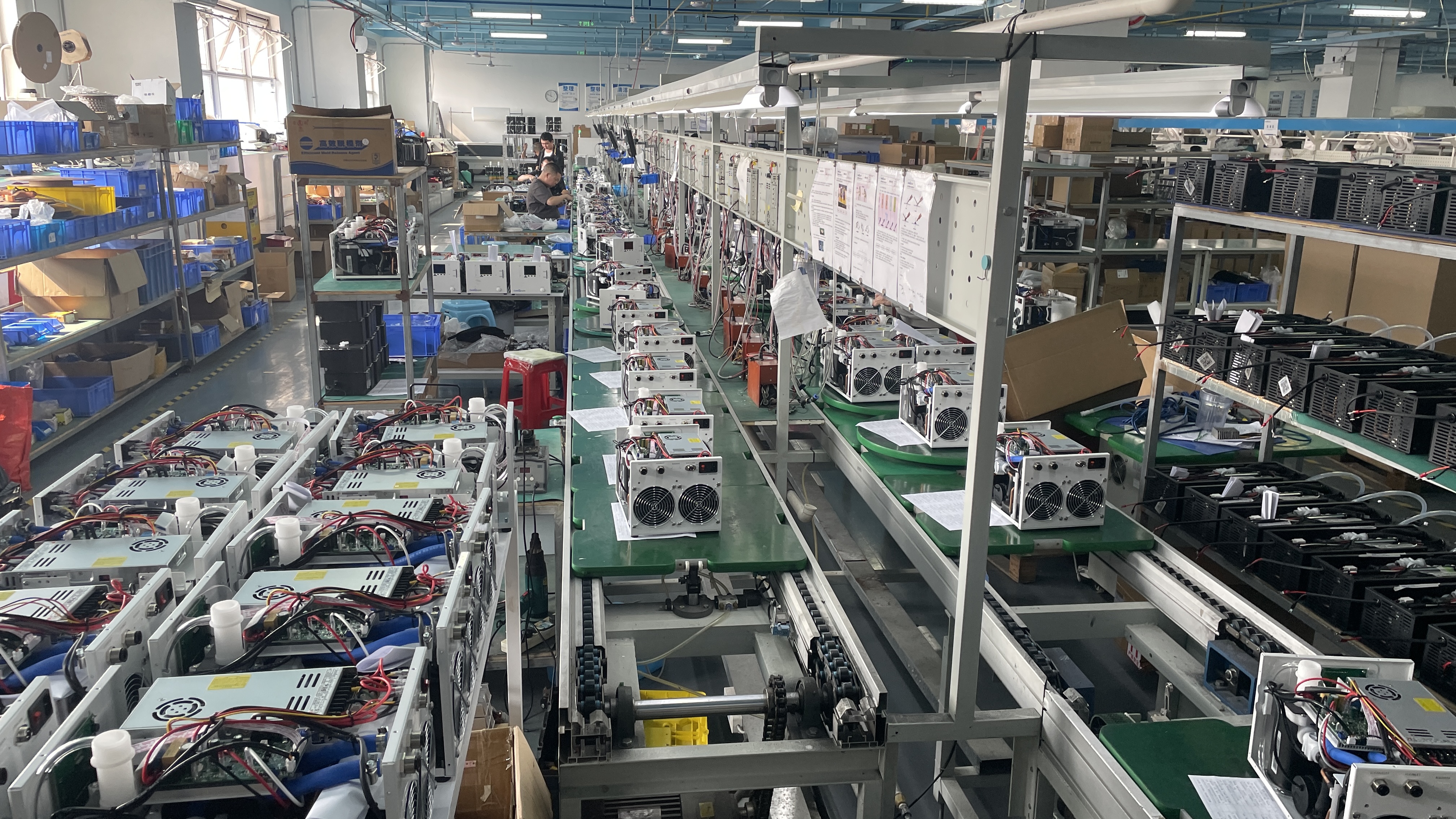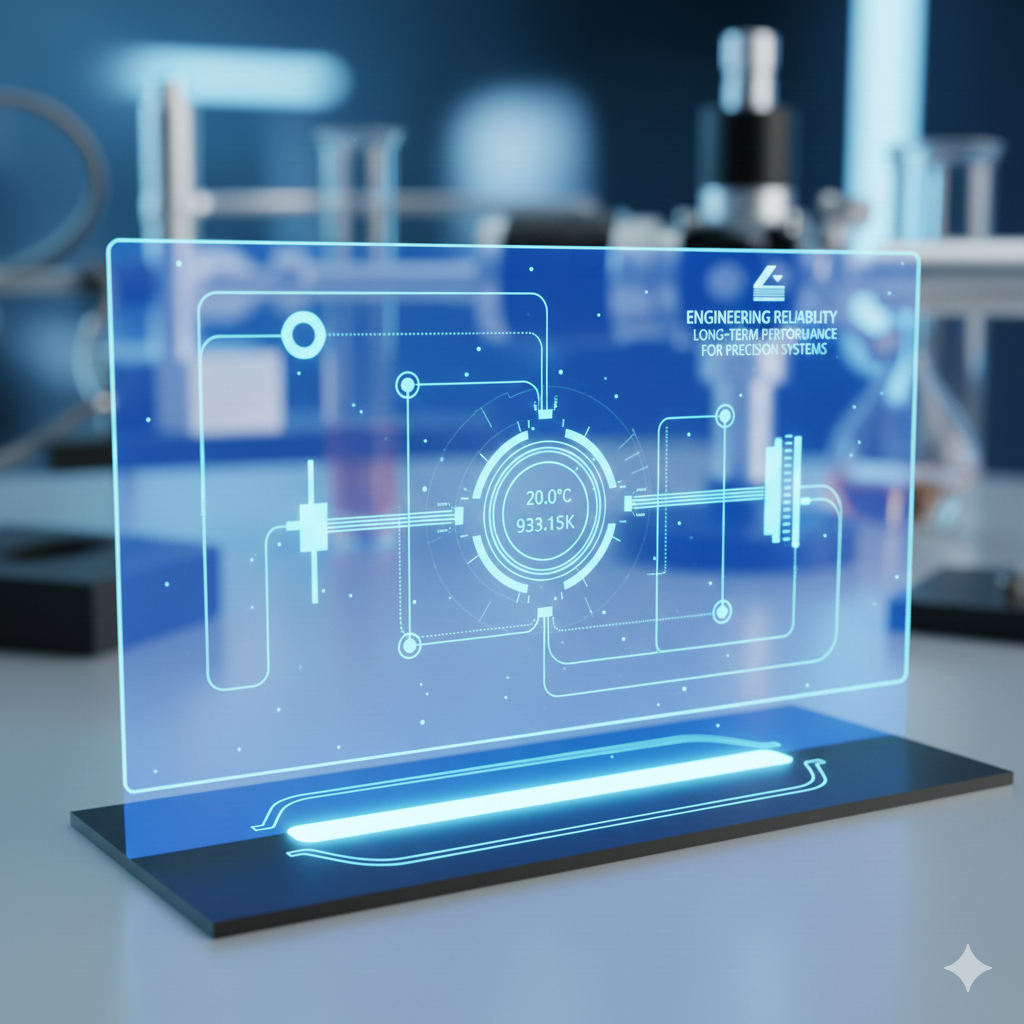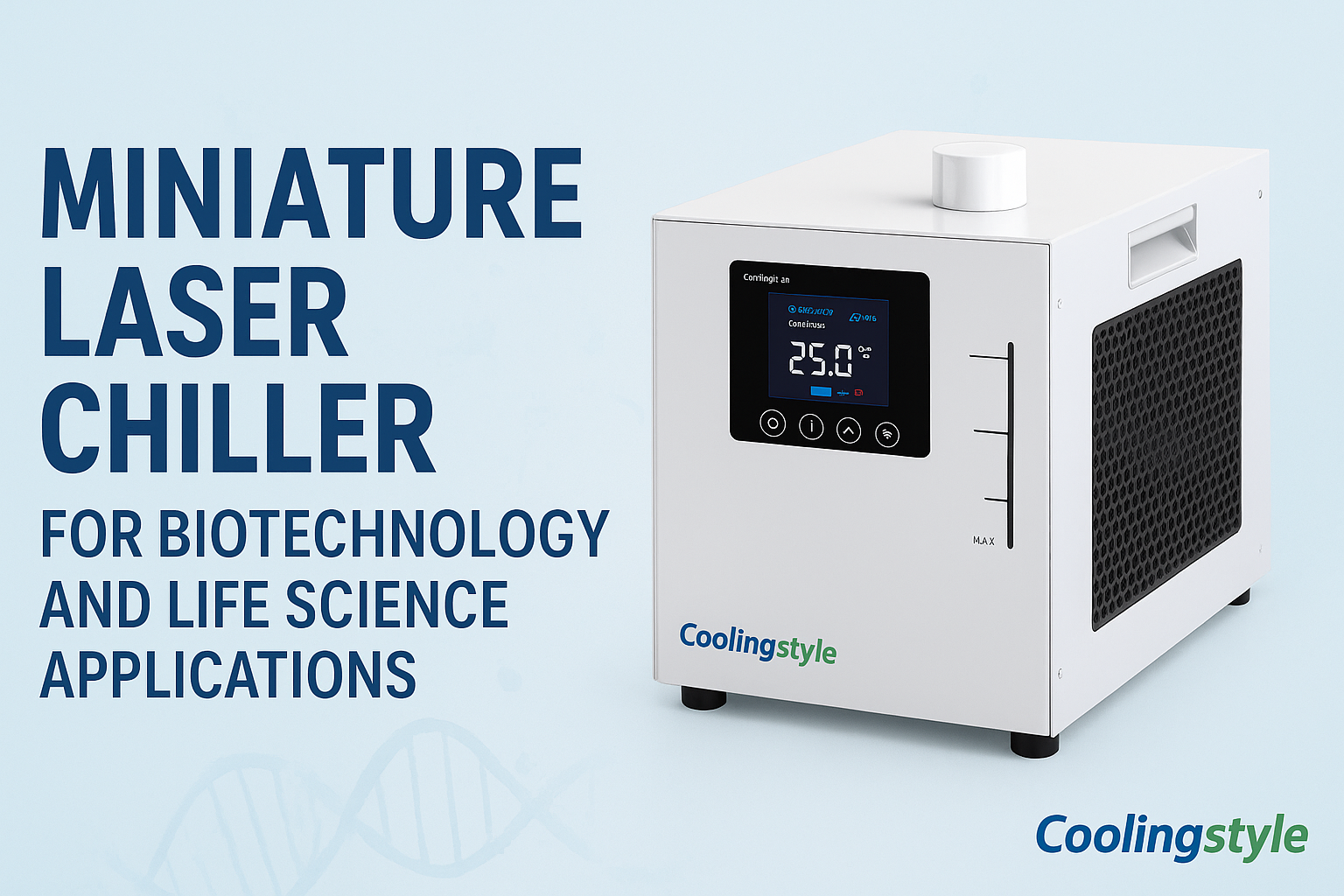Inventato negli anni '60, Un laser è un dispositivo che emette luce attraverso un processo di amplificazione ottica. La capacità di lettura del laser, tagliare, segnare e legare materiali resistenti e così via. è ampiamente utilizzato in molti settori.
Cosa possono fare i laser?
- Industria dei consumi: Da 1974, Gli scanner laser hanno rivoluzionato la vendita al dettaglio leggendo i codici di prodotto universali (UPC), o codici a barre.
- Produzione: I laser sono ampiamente usati per l'incisione, perforazione, e segnando una varietà di materiali con precisione e velocità.
- Industria medica: In sanità, I laser sono impiegati per la rimozione dei tessuti, chirurgia oculare, procedure cosmetiche, e altro ancora.

Perché i laser necessitano di gestione termica?
Il funzionamento dei laser, soprattutto quelli industriali, Genera calore significativo che deve essere controllato per garantire efficienza e longevità. Ecco perché la gestione termica è cruciale:
- Prevenire l'output di scarsa qualità: Durante il funzionamento, I laser usano gas ausiliari (come azoto, monossido di carbonio, ed elio) Per convertire l'energia elettrica in luce coerente. Questo processo genera calore sostanziale che, se non gestito, può degradare i risultati di produzione.
- Elimina il calore dei rifiuti: I diodi laser a potenza più elevata sono particolarmente inclini a guasti di campo causati da un calore eccessivo. La rimozione efficiente del calore previene un danno catastrofico e estende la durata della vita del laser.
- Mantenere l'accuratezza: Il surriscaldamento diminuisce la precisione del raggio laser, influire negativamente sulle prestazioni.
Come applicare la gestione termica per i laser?
Per laser ad alta potenza come CO2, disco, diodo, e laser a fibra, Il raffreddamento affidabile ed efficiente è essenziale per mantenere prestazioni coerenti, anche durante le fluttuazioni del carico. Componenti chiave come i risonatori, ottica, e le teste laser richiedono un controllo preciso della temperatura.
La soluzione più efficace per la gestione del calore laser è l'uso di refrigeratori industriali. Un refrigeratore di alta qualità garantisce temperature stabili e fluttuazioni minime, sia a carichi completi che parziali, Migliorare le prestazioni laser.
Come scegliere il refrigeratore giusto per il raffreddamento laser?
Per selezionare il refrigeratore ideale, devono essere considerati diversi fattori:
Per esempio, Un refrigeratore con una capacità di raffreddamento nominale da 550 W a 20 ° C di liquido di raffreddamento e la temperatura dell'aria ambiente può soddisfare i requisiti specifici.
- Capacità di raffreddamento:
- Un refrigeratore deve gestire il carico di calore del laser, espresso in watt o btu/hr.
- La capacità di raffreddamento è definita dalle prestazioni nominali in condizioni specifiche (per esempio., 25° C uscita del refrigerante e aria ambiente di 25 ° C).
- Per esempio, Un refrigeratore con una capacità di raffreddamento nominale da 550 W a 20 ° C di liquido di raffreddamento e la temperatura dell'aria ambiente può soddisfare i requisiti specifici.

2. Tipo di refrigerante:
- La scelta del refrigerante dipende dalle esigenze del laser. Le opzioni comuni includono l'acqua del rubinetto, acqua glicole, e deionizzato (DI) acqua.
- Acqua del rubinetto: Spesso trattati con additivi come algaecide o glicole etilenico per prevenire la crescita delle alghe, corrosione, o congelamento.
- Acqua deionizzata: Richiede materiali compatibili con una scatola di dionizzazione per mantenere i livelli di resistività, poiché può essere corrosivo per molti materiali.
3. Prestazioni della pompa:
- La pompa controlla la portata del refrigerante e la pressione. Le pompe di spostamento positive assicurano una portata costante indipendentemente dalle variazioni di pressione del sistema.
4. Funzionalità aggiuntive:
- Filtri del refrigerante: Impedire alle particelle dannose di danneggiare il laser o la pompa.
- Interfacce di comunicazione: RS-485 o connessioni simili consentono il monitoraggio e il funzionamento remoto del refrigeratore. Ciò consente le regolazioni per impostare la temperatura, pressione del liquido di raffreddamento, e condizioni di errore.
- Allarmi di temperatura: Gli allarmi ad alta/bassa temperatura proteggono il laser dai danni a causa del refrigerante troppo caldo o troppo freddo.
- Allarmi a basso flusso: Salvaguarda sia il refrigeratore che il laser dal refrigerante congelato.
Conclusione
Una corretta gestione termica è fondamentale per i sistemi laser per mantenere le prestazioni, prevenire danni, e garantire una lunga durata di servizio. I refrigeratori industriali sono la pietra angolare di un raffreddamento efficace, offrire un controllo preciso della temperatura, robuste caratteristiche di sicurezza, e compatibilità con diverse esigenze di raffreddamento. Scegliendo il refrigeratore e il refrigerante giusti, I sistemi laser possono funzionare al meglio, Supportare applicazioni ad alta precisione e esigenti con fiducia.






2 pensieri su "Il ruolo essenziale della gestione termica nelle applicazioni laser”
Your style is so unique compared to other people I have read stuff from.
Thank youu for posting when you have the opportunity, Guess I’ll just book mark this web site.
Yay google is my world beater helped me to find this outstanding site! .